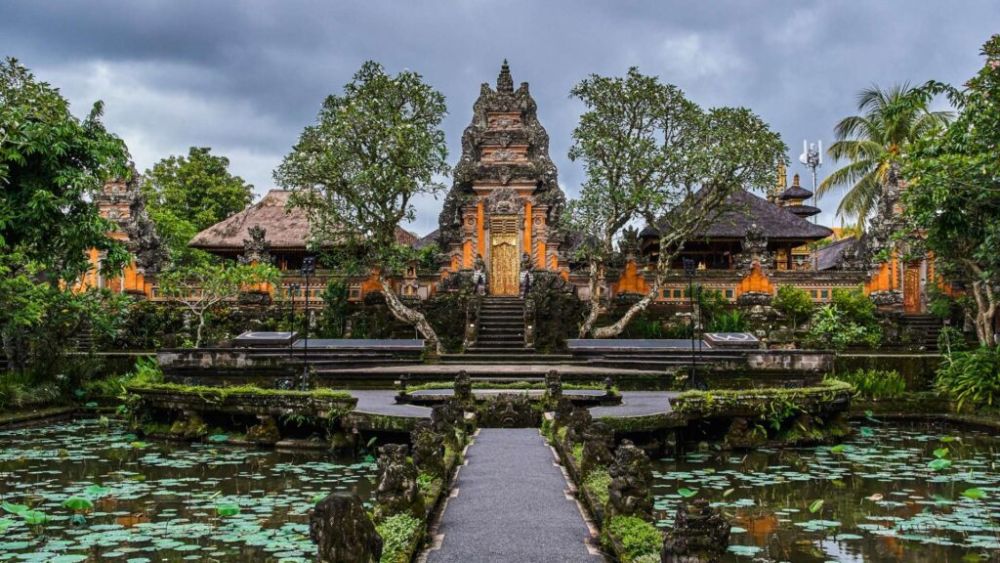

Ubud Palace, also known as Puri Saren Agung, has been a significant cultural landmark in Ubud, Bali, Indonesia. The palace is the historical seat of the ruling royal family of Ubud and dates back to the late 19th century when it was built by Ida Tjokorda Putu Kandel. The compound is a fine example of Balinese architecture, filled with ornate details and surrounded by well-kept gardens.
The development of tourism in Ubud can be traced back to the early 20th century when Western artists were drawn to the region's unique culture and scenic beauty. Notable figures such as Walter Spies, an influential German artist, and Rudolf Bonnet from the Netherlands, contributed to Ubud's reputation as a hub for art and culture. The royal family at Ubud Palace played a critical role in nurturing the arts by welcoming artists, promoting local traditions such as dance and painting, and advocating for cultural preservation.
By the mid-20th century, Ubud began to receive an increasing number of foreign visitors. The Indonesian government recognized the potential of tourism and started investing in infrastructure, leading to improved access to Ubud and its attractions. Hotels, restaurants, and other tourism-related services sprung up, and Ubud Palace became one of the central places for cultural performances, religious ceremonies, and community gatherings, making it a must-visit destination for tourists seeking an authentic Balinese experience.
In the latter part of the 20th century, Ubud Palace solidified its status as a major tourist attraction. Not only did it serve as a living example of historical and architectural significance, but it also provided a venue for various cultural activities, such as traditional Balinese dances performed in the palace's courtyard. Its central location in the town of Ubud made it an accessible entry point for tourists to explore other nearby attractions such as the sacred Monkey Forest, art markets, and rice terraces.
Today, Ubud Palace remains an integral part of the community's fabric and a symbolic heart of Ubud. Tourists from around the world flock to the palace, often using it as a starting point for exploring Ubud's rich cultural tapestry. With the evolving tourism landscape, there has been a trend toward sustainable and responsible tourism in Ubid. Visitors are encouraged to engage with the local culture respectfully and support the economy through ethical shopping, dining, and ecotourism activities.
In recent years, the town of Ubud has embraced wellness tourism, with many retreats and workshops focused on yoga, meditation, and natural health. Ubud Palace and its serene surroundings offer a cultural counterbalance to these contemporary wellness experiences, allowing tourists to have a holistic exploration of Balinese tradition and modern lifestyle trends.
Despite the challenges faced by the global tourism industry, Ubud Palace continues to draw visitors, testament to its enduring appeal and the rich heritage it represents. Whether it's the elegant architecture, the compelling history, or the vibrant cultural performances, Ubud Palace remains a cherished jewel in Bali's tourism crown.